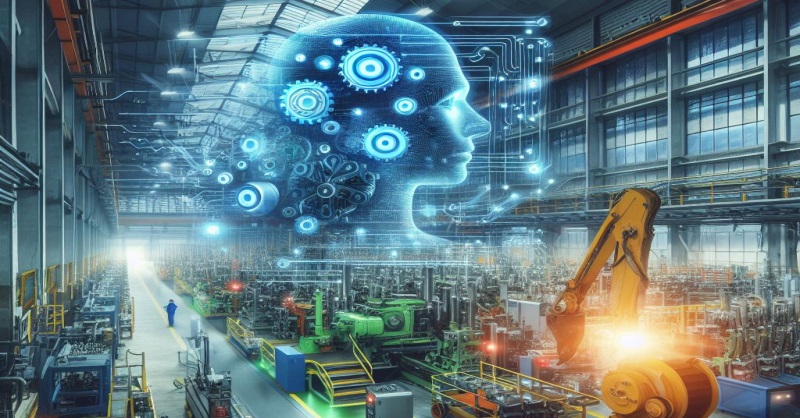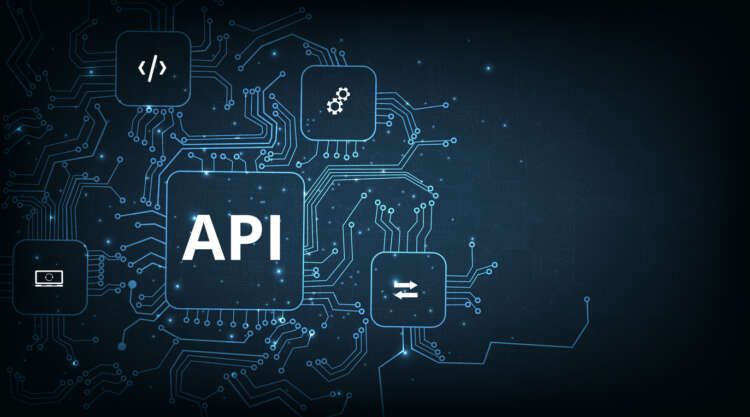
The industrial landscape is undergoing a transformative shift as artificial intelligence revolutionizes how we approach equipment maintenance. Gone are the days when maintenance teams relied solely on scheduled inspections and reactive repairs. Today's intelligent systems can predict equipment failures weeks or even months before they occur, fundamentally changing the economics of industrial operations.
The Traditional Maintenance Paradigm
Traditional maintenance strategies have long followed two primary approaches: reactive maintenance, where repairs are made after equipment fails, and preventive maintenance, which follows predetermined schedules regardless of actual equipment condition. While preventive maintenance represented a significant improvement over purely reactive approaches, it often results in unnecessary interventions and fails to prevent unexpected failures.
The costs associated with these traditional approaches are staggering. Unplanned downtime can cost manufacturers anywhere from $50,000 to $500,000 per hour, depending on the industry and scale of operations. Moreover, reactive maintenance typically costs three to five times more than planned maintenance activities.
Enter Predictive Maintenance
Predictive maintenance represents a paradigm shift that leverages data analytics, machine learning, and IoT sensors to monitor equipment health in real-time. By analyzing patterns in vibration, temperature, pressure, and other operational parameters, AI systems can identify subtle changes that precede equipment failures.
Key Technologies Driving the Revolution
- IoT Sensors: Advanced sensors continuously monitor equipment parameters, providing real-time data streams for analysis.
- Machine Learning Algorithms: Sophisticated algorithms learn from historical data to identify patterns and anomalies that indicate potential failures.
- Edge Computing: Local processing capabilities enable rapid analysis and immediate alerts without relying on cloud connectivity.
- Digital Twins: Virtual representations of physical assets allow for scenario modeling and predictive analysis.
- Advanced Analytics: Statistical models and AI algorithms process vast amounts of data to generate actionable insights.
Real-World Impact and Benefits
The implementation of AI-driven predictive maintenance systems has delivered remarkable results across various industries. Manufacturing companies report reductions in unplanned downtime of up to 50%, while maintenance costs have decreased by 15-25% on average.
Industry Success Stories
In the aerospace industry, major airlines have implemented predictive maintenance systems that analyze engine performance data to predict component failures. This approach has resulted in significant improvements in flight reliability and cost savings measured in millions of dollars annually.
The oil and gas sector has embraced predictive maintenance for critical infrastructure, using AI to monitor pipeline integrity, compressor performance, and drilling equipment health. These systems have prevented catastrophic failures that could result in environmental disasters and massive financial losses.
Implementation Challenges and Solutions
While the benefits of predictive maintenance are clear, implementation comes with its own set of challenges. Data quality and integration issues often represent the biggest hurdles, as systems must process information from diverse sources and legacy equipment.
Overcoming Technical Barriers
Organizations must invest in robust data infrastructure capable of handling the volume, velocity, and variety of data generated by modern industrial IoT systems. This includes establishing secure communication protocols, implementing data governance frameworks, and ensuring system interoperability.
Change management also plays a crucial role in successful implementation. Maintenance teams must be trained on new technologies and processes, while organizational culture must evolve to embrace data-driven decision making.
The Future of Intelligent Maintenance
As AI technology continues to advance, predictive maintenance systems are becoming more sophisticated and accessible. The integration of augmented reality, advanced robotics, and autonomous maintenance systems promises to further revolutionize how we maintain industrial assets.
Emerging technologies such as 5G connectivity, quantum computing, and advanced AI models will enable even more precise predictions and automated responses. The future maintenance organization will be characterized by highly automated, self-optimizing systems that require minimal human intervention for routine operations.
Strategic Recommendations
- Start with high-value, critical assets where failure costs are highest
- Invest in data infrastructure and quality management systems
- Develop internal capabilities through training and strategic partnerships
- Implement gradually, learning from pilot projects before scaling
- Focus on integration with existing maintenance management systems
Conclusion
The revolution in predictive maintenance represents more than just a technological upgrade—it's a fundamental transformation in how we think about asset management and operational efficiency. As AI systems become more sophisticated and accessible, the question is no longer whether to implement predictive maintenance, but how quickly organizations can adapt to remain competitive.
The future belongs to organizations that can harness the power of artificial intelligence to predict, prevent, and optimize their maintenance operations. Those who embrace this transformation today will be positioned to thrive in the intelligent industrial ecosystem of tomorrow.



